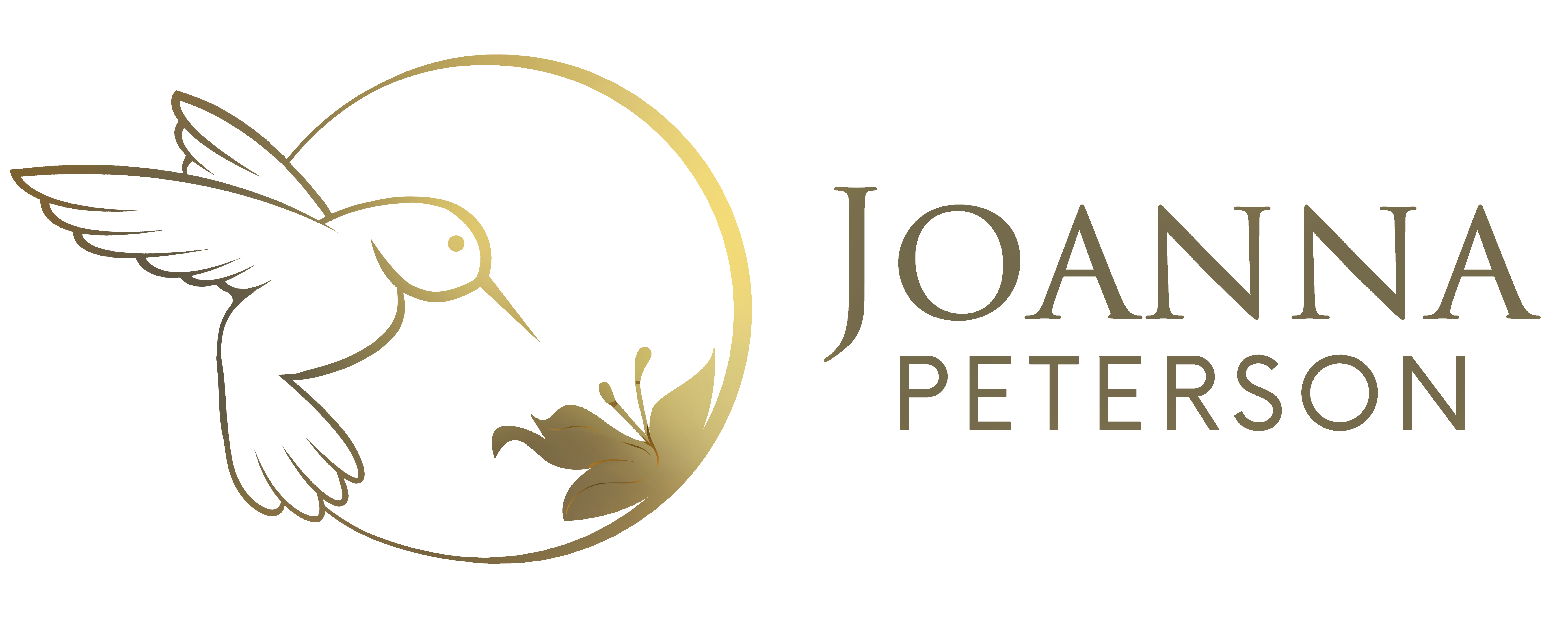Rediscovering Tradition: Exploring the Timeless Wisdom of Traditional Practices
In a world dominated by modern medicine and technology, there’s a growing interest in rediscovering the wisdom of traditional practices that have been used for centuries to promote health and well-being. From acupuncture and herbal medicine to Ayurveda and Traditional Chinese Medicine (TCM), these ancient healing modalities offer holistic approaches to wellness that address the interconnectedness of mind, body, and spirit. In this blog post, we’ll delve into the rich tapestry of traditional practices, explore their history and principles, and discuss how they continue to offer valuable insights into health and healing.
The Art of Acupuncture:
Acupuncture is a key component of Traditional Chinese Medicine (TCM) that involves the insertion of thin needles into specific points on the body to restore balance and promote healing. According to TCM theory, the body’s vital energy, or qi, flows along meridians or pathways, and disruptions in this flow can lead to imbalances and health issues. Acupuncture aims to restore the smooth flow of qi and rebalance the body’s energy systems. Research suggests that acupuncture may be effective in treating a variety of conditions, including chronic pain, anxiety, depression, and insomnia.
Harnessing the Healing Power of Herbal Medicine:
Herbal medicine has been used for thousands of years in cultures around the world as a natural way to support health and treat a wide range of ailments. Herbal remedies are derived from plants and plant extracts and are often prepared as teas, tinctures, capsules, or topical applications. Each herb has unique properties and therapeutic effects, and herbalists carefully select and blend herbs to address individual health needs. Herbal medicine offers a holistic approach to wellness, supporting the body’s natural healing processes and promoting balance and harmony.
The Wisdom of Ayurveda:
Ayurveda, which means “science of life” in Sanskrit, is an ancient system of medicine that originated in India over 5,000 years ago. Ayurveda emphasizes the importance of balance and harmony in achieving optimal health and well-being. According to Ayurvedic principles, each person has a unique constitution, or dosha, which determines their individual needs and susceptibilities. Ayurvedic treatments may include dietary changes, herbal remedies, detoxification therapies, yoga, and meditation to restore balance and promote health on physical, mental, and spiritual levels.
Exploring Traditional Healing Systems:
In addition to acupuncture, herbal medicine, and Ayurveda, there are many other traditional healing systems practiced around the world, each with its own unique approaches to health and healing. Traditional practices such as Traditional Korean Medicine, Indigenous healing modalities, and African Traditional Medicine offer valuable insights into the interconnectedness of humans with nature and the importance of living in harmony with the natural world.
Traditional practices such as acupuncture, herbal medicine, and Ayurveda offer holistic approaches to health and healing that have stood the test of time. By tapping into the wisdom of these ancient healing modalities, we can gain valuable insights into the interconnectedness of mind, body, and spirit, and discover natural ways to support our health and well-being. Whether used alone or in conjunction with modern medical treatments, traditional practices offer valuable tools for promoting holistic health and living in harmony with the natural world.
This blog post explores the timeless wisdom of traditional practices such as acupuncture, herbal medicine, and Ayurveda. It delves into the principles and history of these ancient healing modalities and discusses how they offer holistic approaches to health and healing. By tapping into the wisdom of traditional practices, we can gain valuable insights into promoting health and well-being on physical, mental, and spiritual levels.

